gollum
Gold Member
- Joined
- Jan 2, 2006
- Messages
- 6,770
- Reaction score
- 7,734
- Golden Thread
- 0
- Location
- Arizona Vagrant
- Detector(s) used
- Minelab SD2200D (Modded)/ Whites GMT 24k / Fisher FX-3 / Fisher Gold Bug II / Fisher Gemini / Schiebel MIMID / Falcon MD-20
- Primary Interest:
- All Treasure Hunting
- #1
Thread Owner
It seems that every couple of months, I have to make this same post. Hey Jeff, maybe you should pin this to the beginning of this area.
There are several people here that believe some very whacky things. I DON"T CARE! If you believe that the Templar Treasure is buried in the woods behind your mobile home, King Solomon's Mines are located under Third Base in Dodger Stadium, or the Ark of the Covenant is hidden in your outhouse........I DON"T CARE! I DON"T CARE! I DON"T CARE!
I DO CARE.....when those whacky ideas are the basis of recommendations that have the potential to get people hurt or killed. I could take the nice approach, and just leave it alone, buuuuuut, I would not want to hear that someone had been hurt or killed, when I could have said or done something to prevent it.
The following is a quick lesson on what a Death Trap is, what it means to find one, what forms they take, and how to deal with one.
1. What is a Death Trap? Many cultures used Death Traps to protect their caches, mines, or other valuable places when they were away. As my area of expertise is Spanish Colonial, that is what I will talk about. The Spanish only operated mines in Northern New Spain a few months a year. It is virtually impossible to completely work out a mine in a few months, so, when they had to head back South, they would hide, AND SOMETIMES, place boobytraps on their valuable mines.
2. What does it mean to find one? IF you find an actual Death Trap, it ONLY means ONE THING! You are in close proximity of a valuable mine or cache site. Remember, a Death Trap was a lot of work. Carving and moving boulders weighing several tons is not easy. There are other types of Death Traps, but we'll get to that in a moment.
3. What forms do Death Traps Take? There are several. Most, take the form of large boulders set to crush anybody who does not know what they are doing. Some will also bring down the whole side of a hill to cover you. There are also easier to make traps, but these are more difficult to remove. They have used arsenic powder to coat the bars of gold and silver. Also thickly dropped on the floor of the mine/cave. So that when you are kicking up the dust, you are breathing in your last breaths. The arsenic on the bars will get all over your hands, and when you rub your eyes, nose, or mouth, you will die shortly after as well. Rattlesnakes are very territorial, and as long as there is a food supply, they will stay in one place. They also live well in large groups. That is why Spaniards (and Mexican Miners) would gather up all the rattlesnakes for several miles and throw them all in the tunnel. They would stay there for many years.
4. What to do if you find a Death Trap? Death Traps are ALWAYS marked as such. Its just that your untrained eye may not be able to interpret the markers (that's what they counted on). There are quite a few books on the subject. READ THEM! If you find what you think is a Death Trap, DON"T GO IN! DON"T START CLEARING ROCKS FROM THE ENTRANCE! Take a bunch of pictures. Send those pictures to someone with REAL experience in working with Colonial Spanish Markers. If I can't figure it out, I can direct you to a few people who can.
Best-Mike
There are several people here that believe some very whacky things. I DON"T CARE! If you believe that the Templar Treasure is buried in the woods behind your mobile home, King Solomon's Mines are located under Third Base in Dodger Stadium, or the Ark of the Covenant is hidden in your outhouse........I DON"T CARE! I DON"T CARE! I DON"T CARE!
I DO CARE.....when those whacky ideas are the basis of recommendations that have the potential to get people hurt or killed. I could take the nice approach, and just leave it alone, buuuuuut, I would not want to hear that someone had been hurt or killed, when I could have said or done something to prevent it.
The following is a quick lesson on what a Death Trap is, what it means to find one, what forms they take, and how to deal with one.
1. What is a Death Trap? Many cultures used Death Traps to protect their caches, mines, or other valuable places when they were away. As my area of expertise is Spanish Colonial, that is what I will talk about. The Spanish only operated mines in Northern New Spain a few months a year. It is virtually impossible to completely work out a mine in a few months, so, when they had to head back South, they would hide, AND SOMETIMES, place boobytraps on their valuable mines.
2. What does it mean to find one? IF you find an actual Death Trap, it ONLY means ONE THING! You are in close proximity of a valuable mine or cache site. Remember, a Death Trap was a lot of work. Carving and moving boulders weighing several tons is not easy. There are other types of Death Traps, but we'll get to that in a moment.
3. What forms do Death Traps Take? There are several. Most, take the form of large boulders set to crush anybody who does not know what they are doing. Some will also bring down the whole side of a hill to cover you. There are also easier to make traps, but these are more difficult to remove. They have used arsenic powder to coat the bars of gold and silver. Also thickly dropped on the floor of the mine/cave. So that when you are kicking up the dust, you are breathing in your last breaths. The arsenic on the bars will get all over your hands, and when you rub your eyes, nose, or mouth, you will die shortly after as well. Rattlesnakes are very territorial, and as long as there is a food supply, they will stay in one place. They also live well in large groups. That is why Spaniards (and Mexican Miners) would gather up all the rattlesnakes for several miles and throw them all in the tunnel. They would stay there for many years.
4. What to do if you find a Death Trap? Death Traps are ALWAYS marked as such. Its just that your untrained eye may not be able to interpret the markers (that's what they counted on). There are quite a few books on the subject. READ THEM! If you find what you think is a Death Trap, DON"T GO IN! DON"T START CLEARING ROCKS FROM THE ENTRANCE! Take a bunch of pictures. Send those pictures to someone with REAL experience in working with Colonial Spanish Markers. If I can't figure it out, I can direct you to a few people who can.
Best-Mike








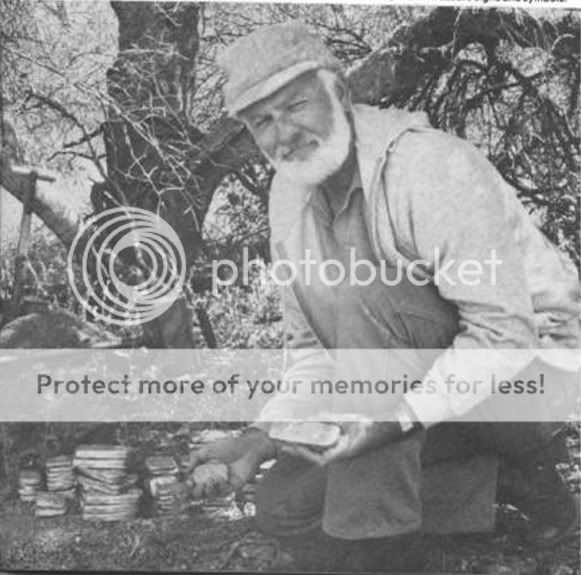
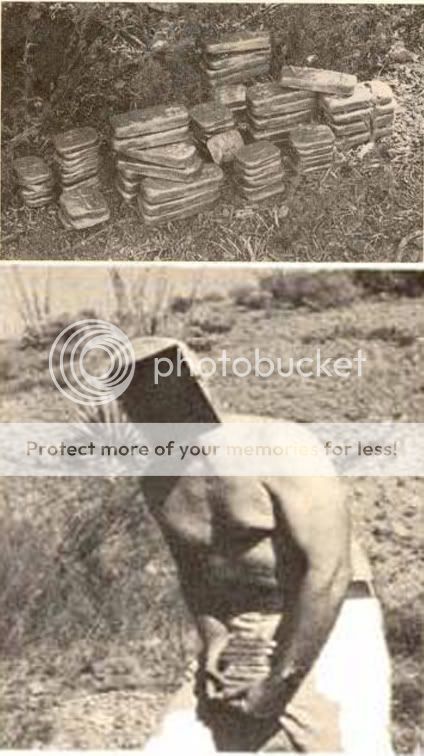
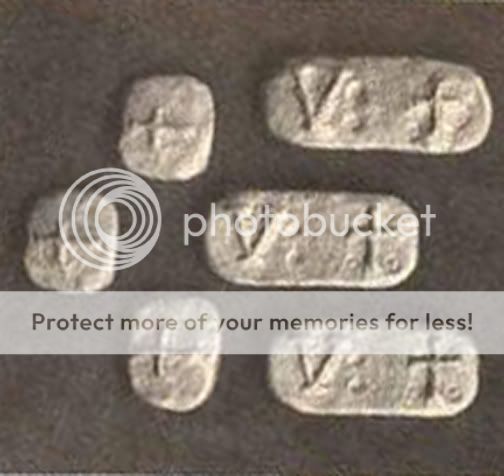
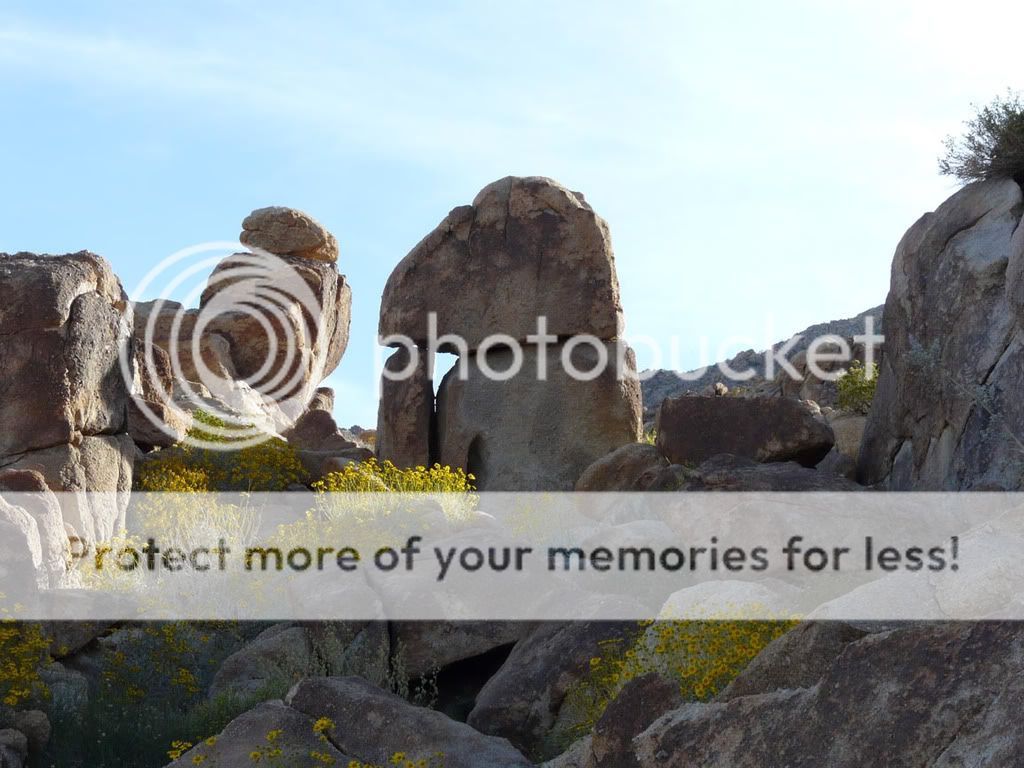
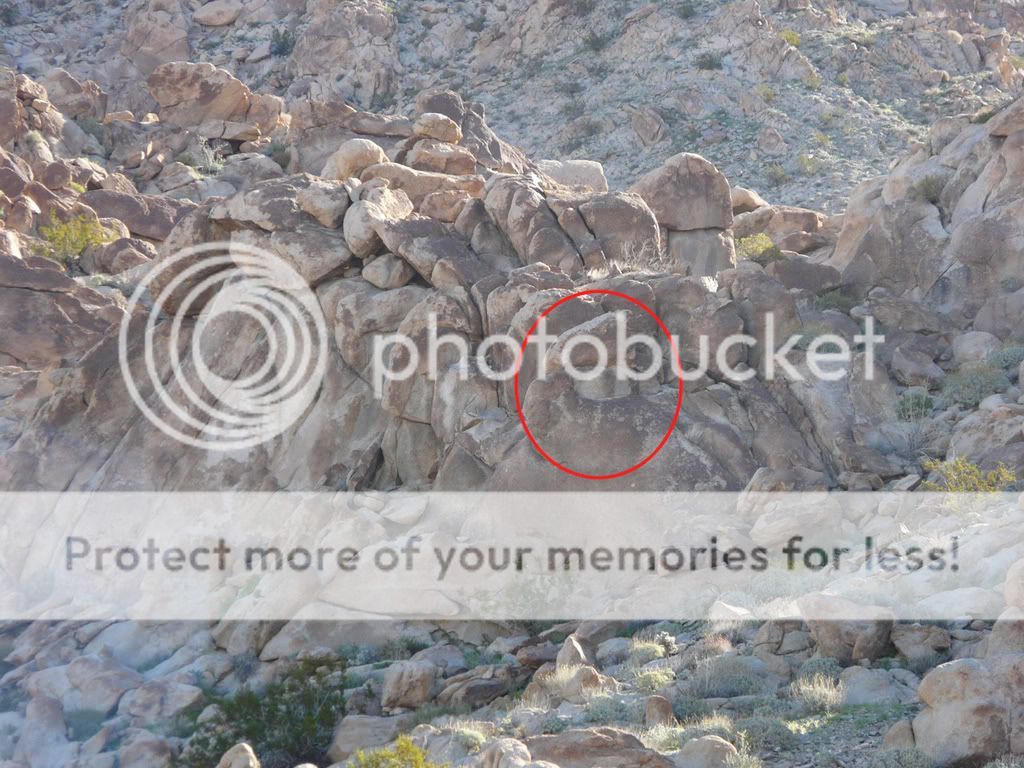
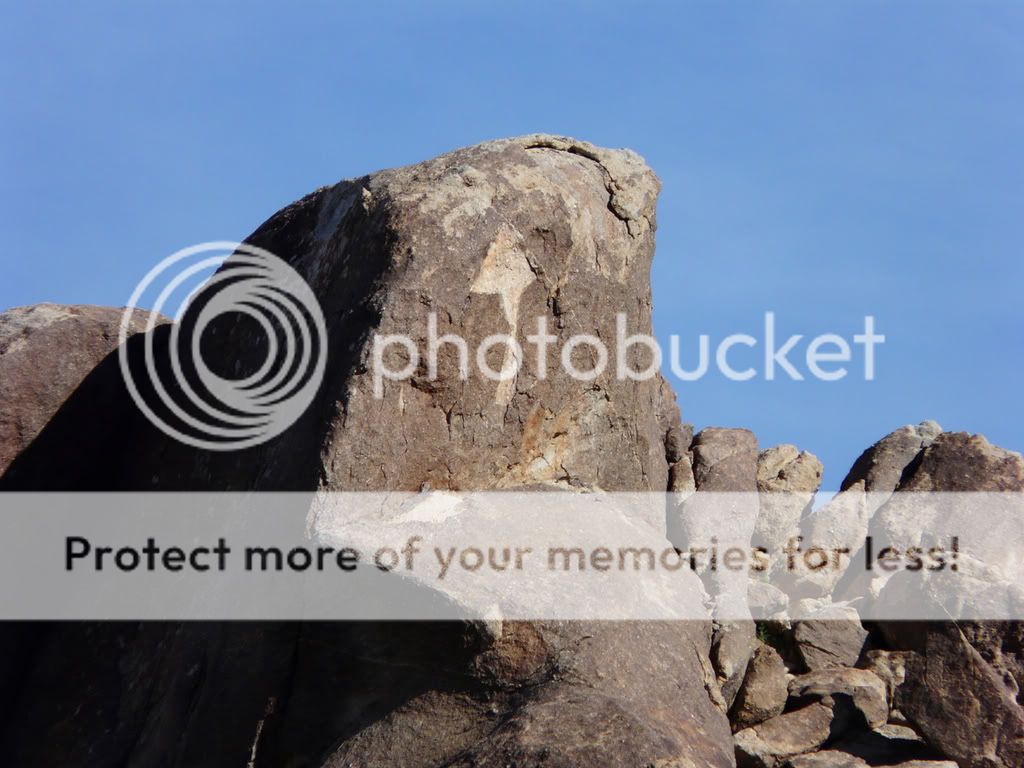

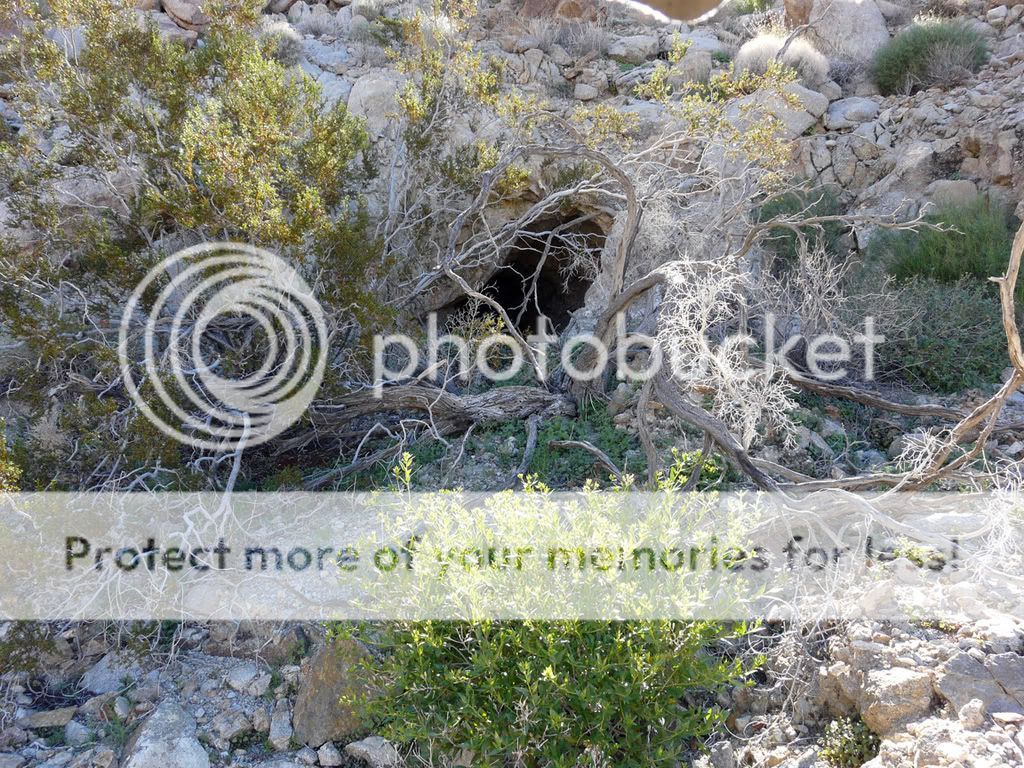
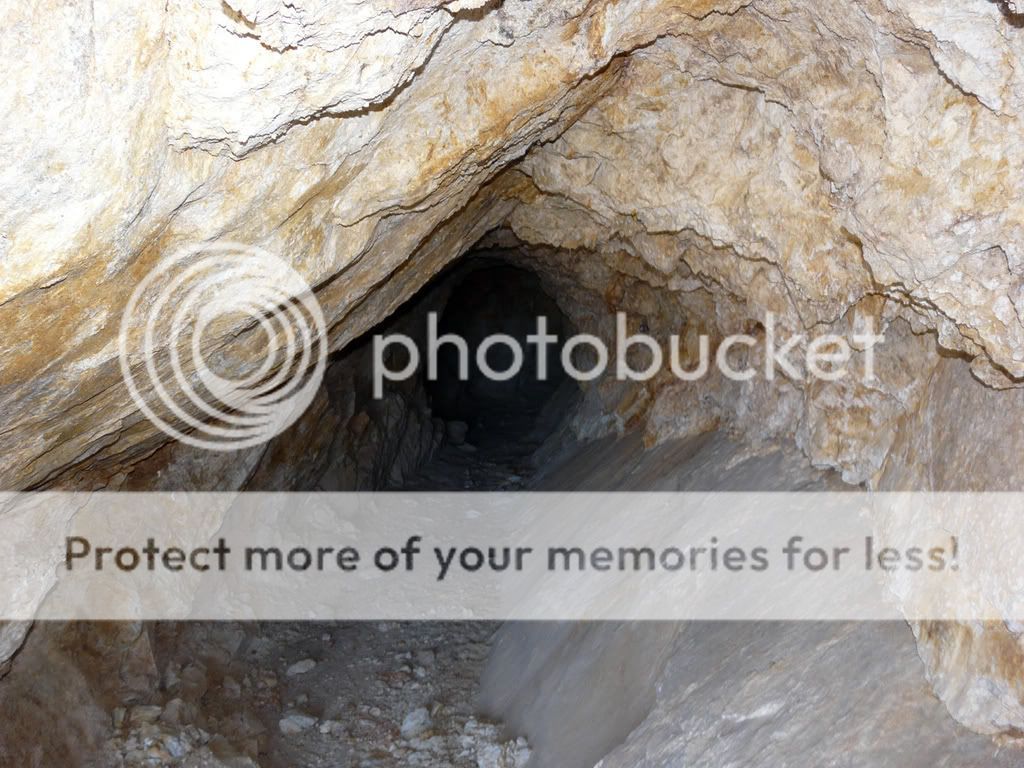
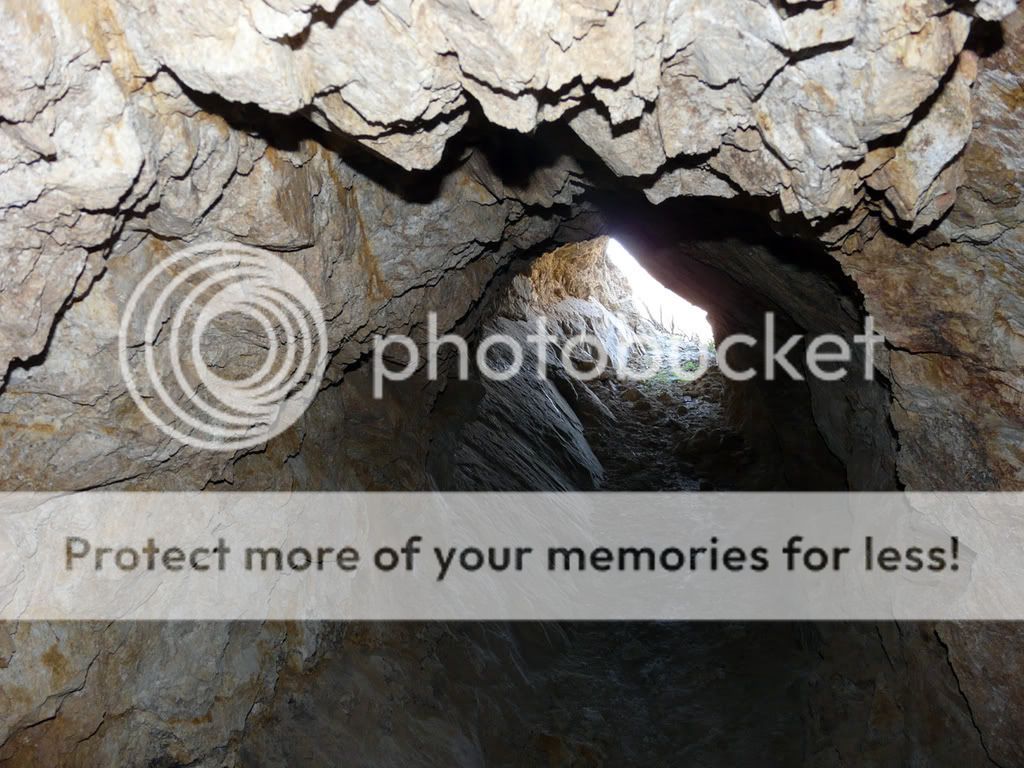

 ,
, 